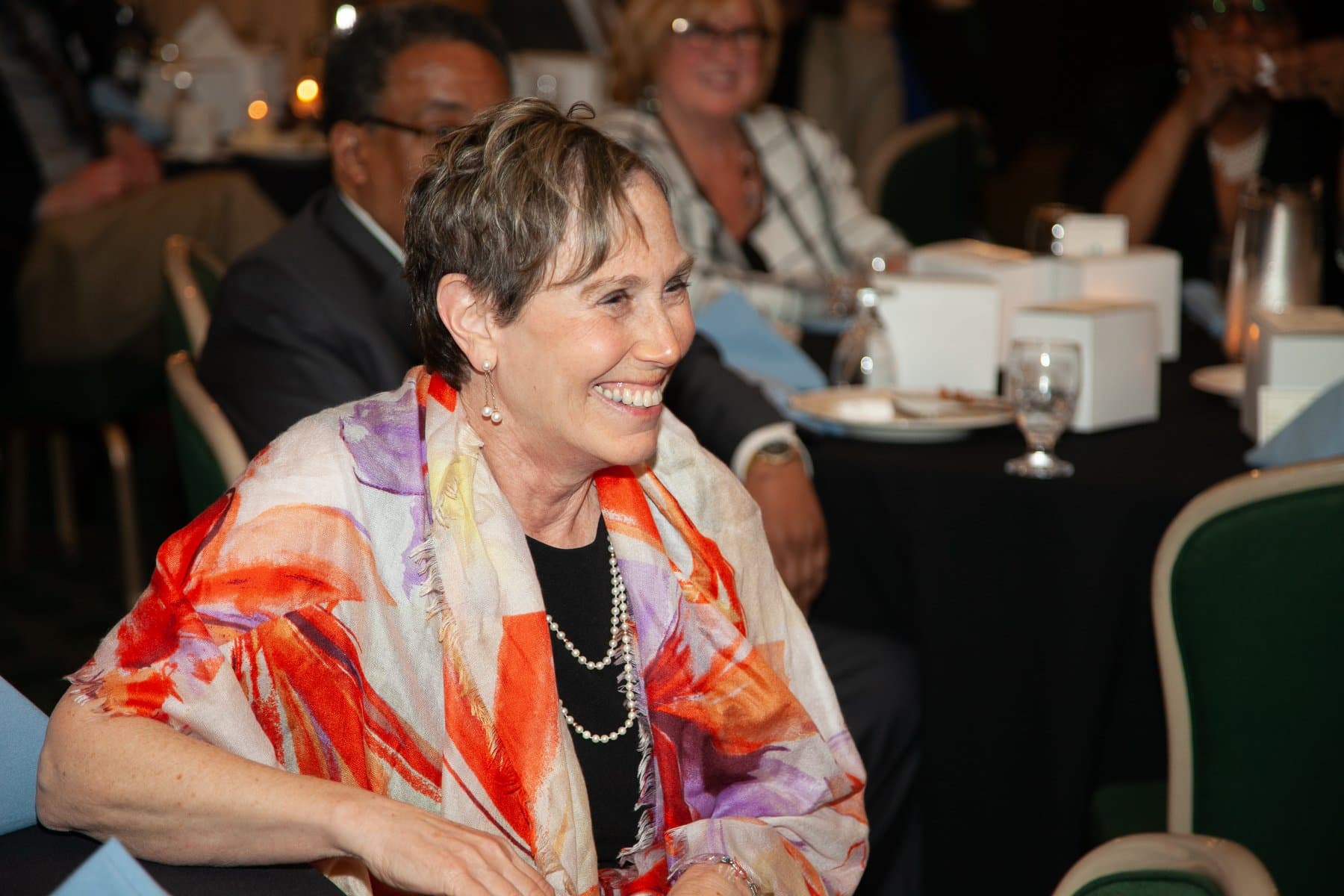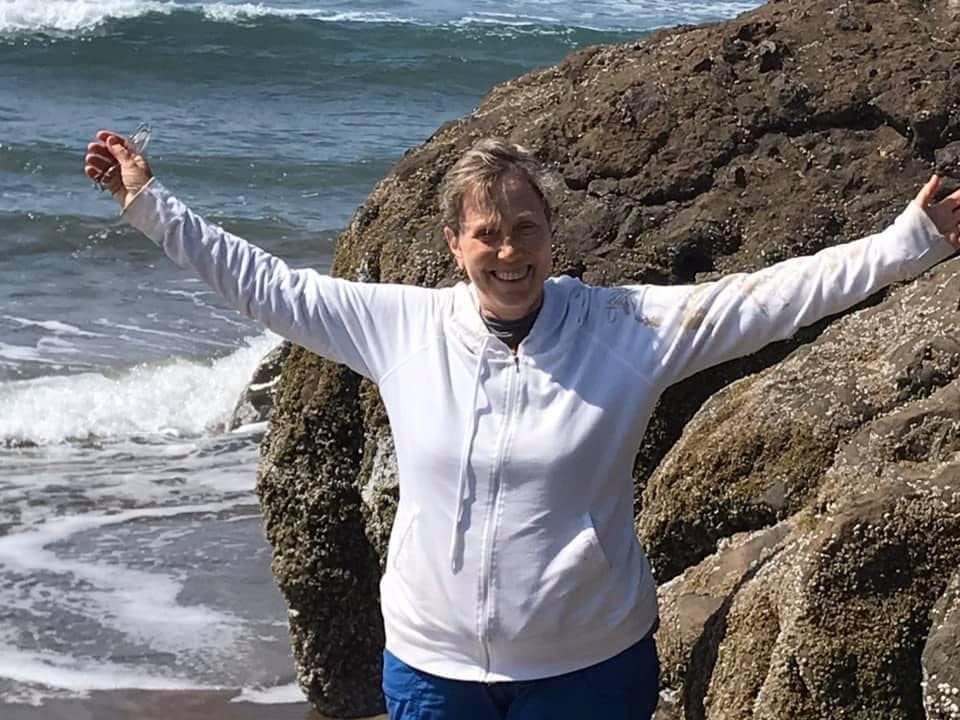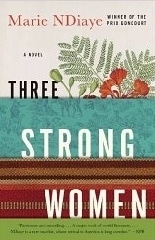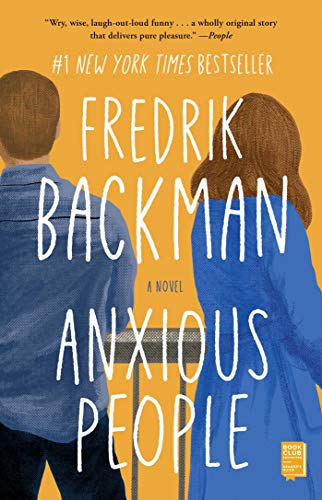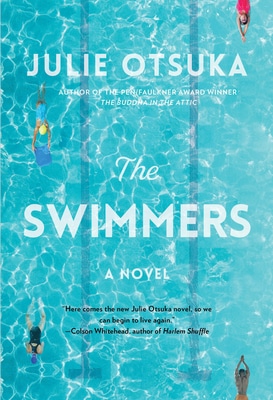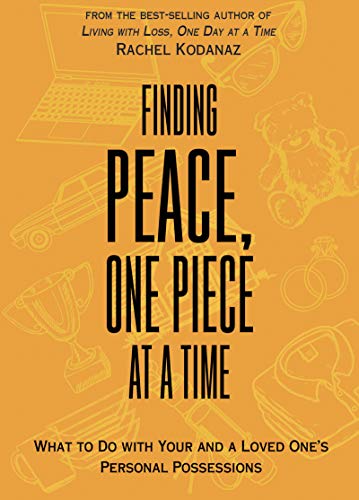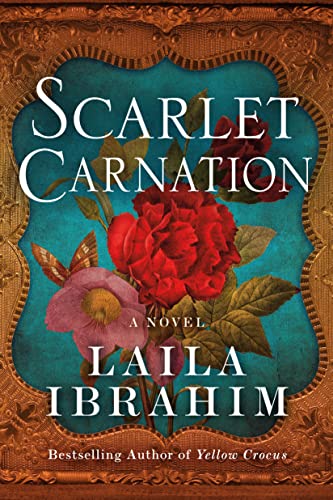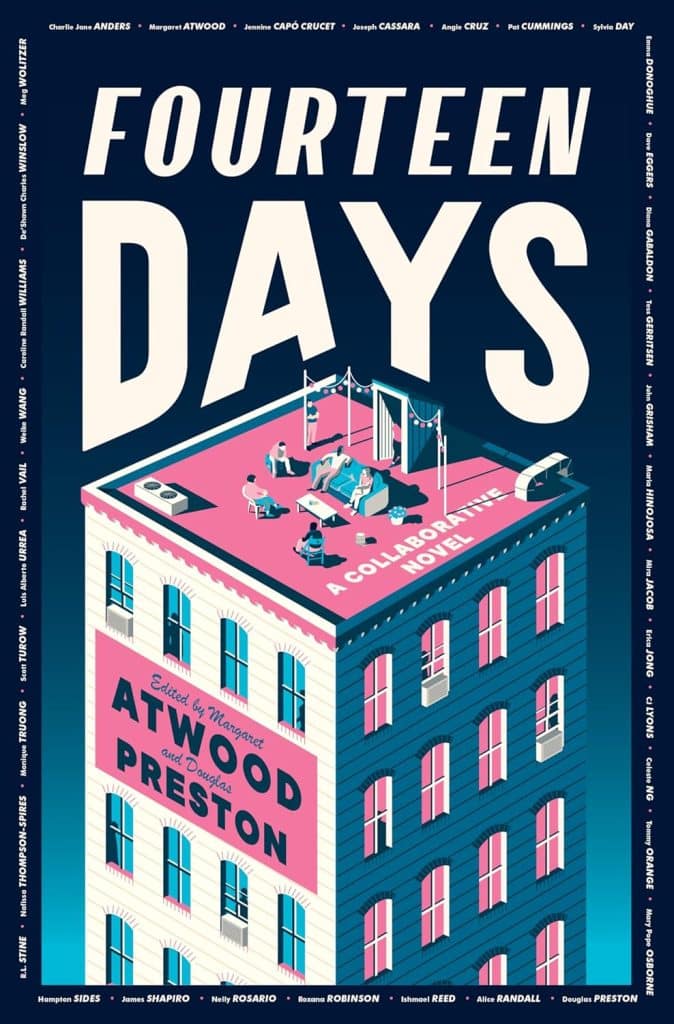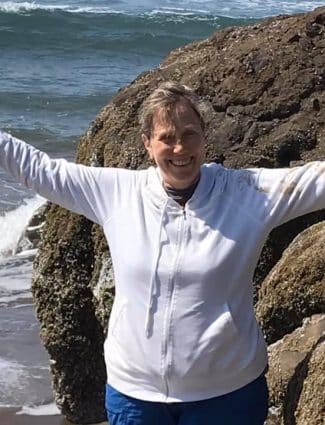
Jan Loved the Sea of Tranquility
Estimated reading time: 0 minutes, 48 seconds Jan found peace and tranquility when she was by the sea.
Jan found peace and tranquility when she was by the sea.
If I had been a rich man, I would have bought her a house on stilts by the ocean of her choice.
The video is of a trip we took in 2015 to Corbett and Pacific City in Oregon on the Pacific coast.
When I watch the images and see how happy she was, tears flow like Victoria Falls as my love for her overflows.
Forty-eight months after this trip, Jan was diagnosed with Lymphoma.
Until we heard she had cancer, I was sure we would have many more trips to the sea and dozens of opportunities to love each other.
I receive a commission when you buy a book or product using a link on this page. Thank you for supporting Sharing Jan’s Love blog.
